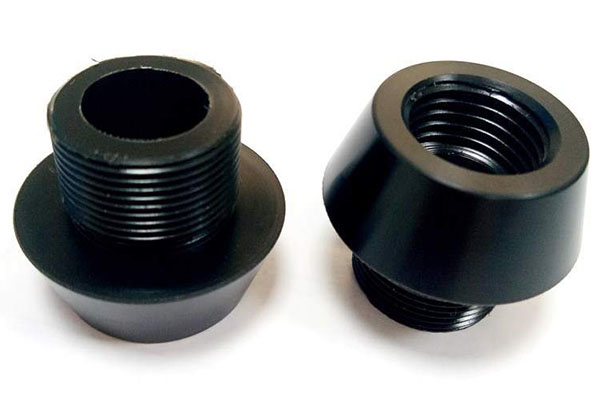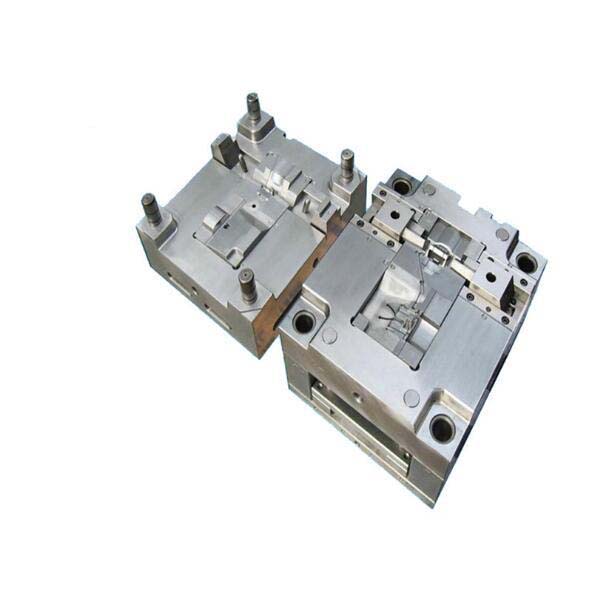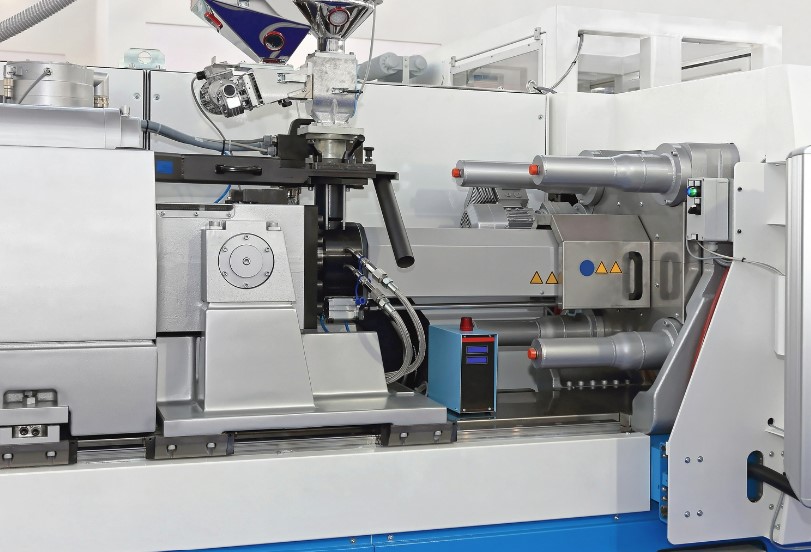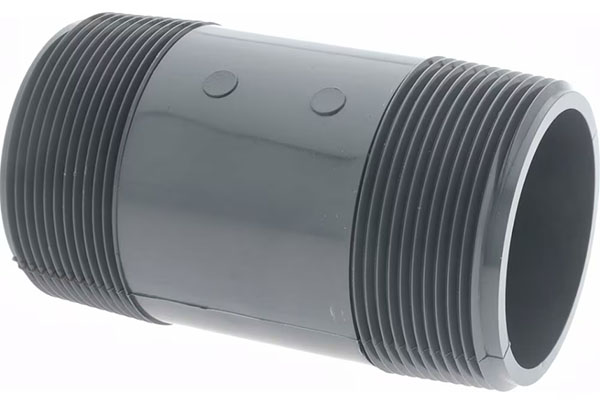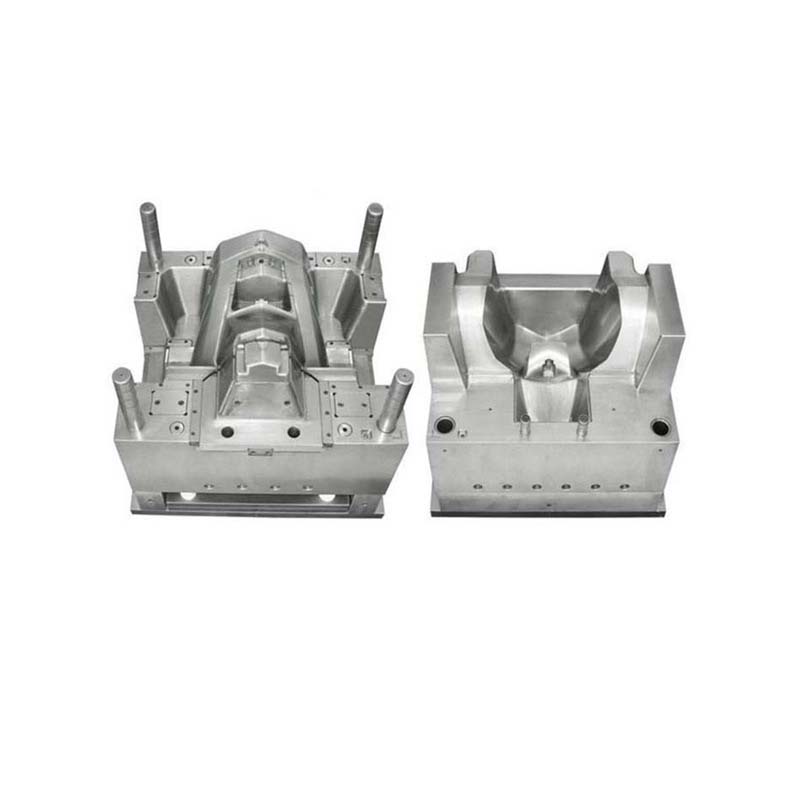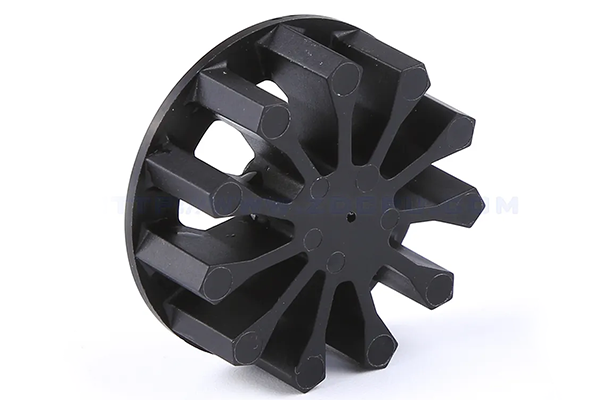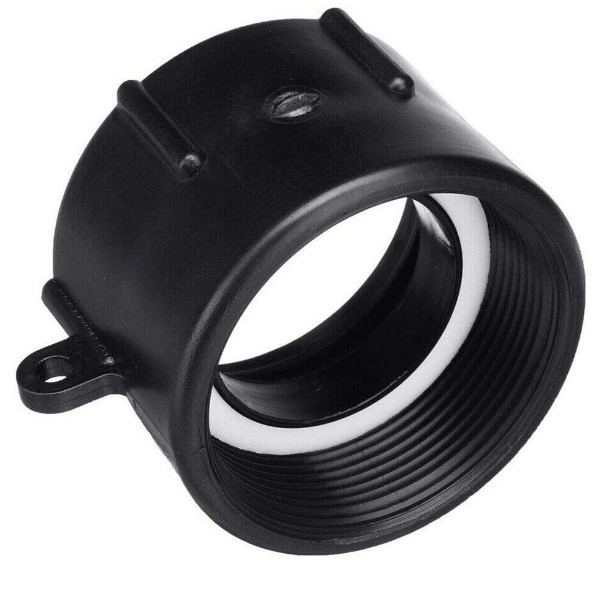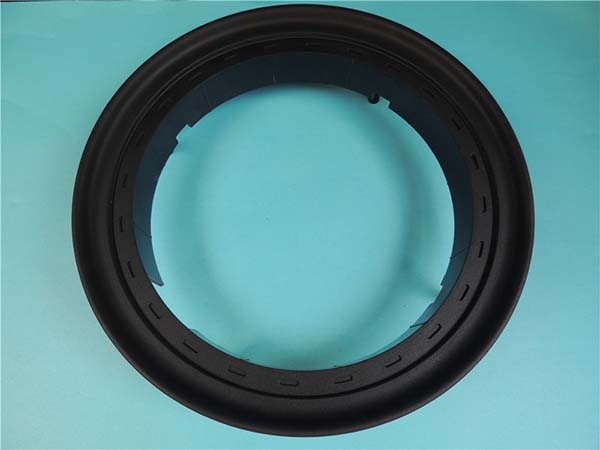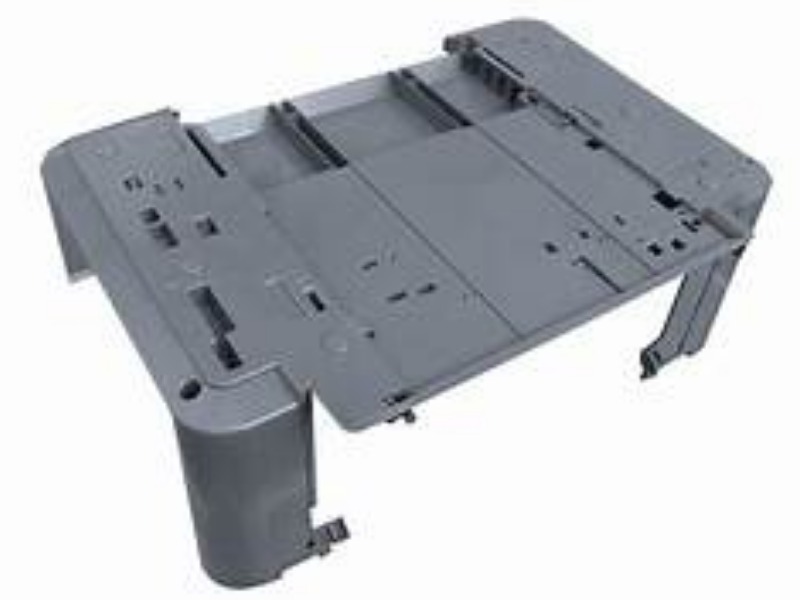Introduction
Polyhydroxyalkanoates (PHA) have emerged as a promising sustainable material in the manufacturing industry. However, working with PHA in injection molding presents unique challenges. Manufacturers often struggle with its moisture sensitivity, which can lead to processing issues and defects. They also face difficulties in controlling the degradation rate during molding, ensuring consistent mechanical strength, and optimizing mold designs to suit PHA's specific flow characteristics. This guide will explore all aspects of PHA injection molding to help overcome these obstacles.
1. Material Properties of Polyhydroxyalkanoates (PHA)
PHA is a family of biodegradable polyesters produced through microbial fermentation, making it a true renewable resource. Its biodegradability is exceptional, as it can degrade in various environments, including soil, water, and even marine conditions, within weeks to months depending on the specific type. It also meets strict compostability standards, breaking down into carbon dioxide and water without leaving harmful residues.
In terms of mechanical properties, PHA offers good mechanical strength, with tensile strength ranging from 20 to 40 MPa. What sets it apart from many other biodegradable plastics is its impressive elongation at break, which can be as high as 300% for some grades, providing flexibility that PLA lacks.
Thermal stability varies among PHA types, but most have a melting point between 130-180°C, making them suitable for injection molding. Optical clarity is moderate, with some grades offering sufficient transparency for packaging applications.
PHA's biocompatibility is a key advantage, making it suitable for biomedical applications. However, it is moisture sensitive and can absorb water, which affects its processing and mechanical properties. Its environmental impact is low, as it is derived from renewable feedstocks and does not release toxic substances during degradation.
2. Injection Molding Process for PHA
2.1 Critical Process Parameters
- Melt Temperature: PHA typically processes at a melt temperature range of 160-190°C. Exceeding 200°C can cause thermal degradation, reducing its molecular weight and mechanical properties.
- Injection Speed and Pressure: A moderate injection speed (25-45 mm/s) is recommended to avoid excessive shear, which can lead to degradation. Injection pressure usually ranges from 400-800 bar, with higher pressures needed for complex part geometries.
- Cooling Time and Cycle Time: Cooling time for PHA is generally 10-20 seconds, depending on part thickness. Total cycle times typically fall between 25-50 seconds, which is slightly longer than some traditional plastics but manageable for efficient production.
2.2 Material Handling and Drying
Drying requirements are crucial for PHA. It should be dried at 60-70°C for 4-6 hours in a dehumidifying dryer to reduce moisture content to below 0.03%. Even small amounts of moisture can cause hydrolysis during processing, leading to voids and reduced strength.
Humidity control in storage is essential. PHA pellets should be stored in sealed containers with desiccants, and the storage area should have a relative humidity below 40%. Once opened, PHA should be processed within 1 hour to prevent moisture absorption.
3. Mold Design for PHA Molding
3.1 Key Design Features
- Venting Requirements: PHA's flow characteristics require effective venting to prevent air entrapment. Vents should be 0.015-0.03 mm deep and 6-10 mm wide, placed at the end of flow paths and around intricate features. Inadequate venting can cause burn marks and incomplete filling.
- Cooling Channel Layout: To ensure uniform cooling and prevent warpage, cooling channels should be positioned 8-12 mm from the cavity surface with a diameter of 6-10 mm. A balanced cooling system with a 1:1.5 ratio of channel length to diameter is recommended.
- Draft Angles and Surface Finish: A minimum draft angle of 1.5° per side is needed for easy ejection, increasing to 2.5° for textured surfaces. A smooth surface finish (Ra 0.8-1.6 μm) helps reduce friction and improve part release.
3.2 Mold Materials and Systems
P20 steel is suitable for most PHA molds, providing good durability and machinability. For high-volume production, H13 steel with a chrome plating is recommended to enhance wear resistance.
Hot runner systems can be used with PHA but require precise temperature control (160-180°C) to avoid material degradation. Insulation between hot runners and the mold base is necessary to maintain consistent temperatures.
4. Quality Control and Defects in PHA Molding
4.1 Common Defects and Solutions
| Defect | Cause | Solution |
| Warpage | Uneven cooling or inconsistent mold temperature | Optimize cooling channel layout; maintain mold temperature at 45-55°C |
| Voids | Moisture absorption or insufficient packing pressure | Enhance drying process; increase packing pressure by 15% |
| Short Shots | Low melt temperature or inadequate injection speed | Raise melt temperature by 5-10°C; increase injection speed slightly |
| Surface Defects | Poor material flow or contaminated pellets | Adjust gate design; use filtered material feeding systems |
4.2 Quality Control Measures
Implement statistical process control to monitor key parameters such as melt temperature, injection pressure, and cooling time, keeping variations within ±3%. Degradation testing is essential, with periodic measurements of molecular weight to ensure material integrity.
Dimensional accuracy should be checked using coordinate measuring machines (CMMs), with tolerances of ±0.15 mm for parts under 50 mm and ±0.3 mm for larger components. Regular visual inspections and mechanical property testing (tensile strength and elongation) help maintain consistent quality.
5. Applications of PHA in Injection Molding
5.1 Key Application Areas
- Packaging Materials: PHA's biodegradability and moderate optical clarity make it suitable for food packaging, such as snack bags and containers, offering a sustainable alternative to traditional plastics.
- Single-use Products: Items like cutlery, straws, and disposable plates made from PHA are gaining popularity due to their ability to degrade in various environments.
- Medical Devices: Thanks to its biocompatibility, PHA is used in sutures, drug delivery systems, and temporary implants that safely degrade in the body.
- Agricultural Applications: PHA is ideal for agricultural films, planters, and mulch that decompose naturally, reducing plastic waste in farming.
6. Post-Processing and Finishing of PHA Parts
6.1 Effective Techniques
- Painting and Coating: Use water-based or low-solvent paints compatible with PHA. Pre-treat surfaces with a mild plasma treatment to improve adhesion.
- Ultrasonic Welding: Works well for joining PHA parts, using frequencies of 20-30 kHz and weld times of 0.8-2 seconds. Proper joint design with energy directors ensures strong bonds.
- Machining and Trimming: PHA can be machined using high-speed steel tools. Use cutting speeds of 800-1200 RPM to prevent melting, and keep tools sharp to avoid tearing.
Yigu Technology, a custom manufacturing supplier in China, recognizes the potential of PHA in sustainable manufacturing. We have extensive experience in PHA injection molding, with expertise in optimizing processes to handle its unique properties. Our commitment to quality ensures that PHA parts meet the required mechanical and dimensional standards, making us a reliable partner for businesses seeking eco-friendly solutions.
FAQs
- How does PHA compare to PLA in terms of flexibility?
PHA is significantly more flexible than PLA, with elongation at break values often exceeding 100% compared to PLA's 3-5%. This makes PHA suitable for applications requiring more flexibility.
- Can PHA be blended with other polymers?
Yes, PHA is often blended with other polymers like PLA or PBAT to improve specific properties such as impact resistance or processability. Blending can also help control the degradation rate.
- Is PHA suitable for long-term outdoor applications?
PHA can be used for short to medium-term outdoor applications, but its degradation rate accelerates in exposure to UV light and moisture. For long-term use, UV stabilizers can be added to extend its lifespan.
